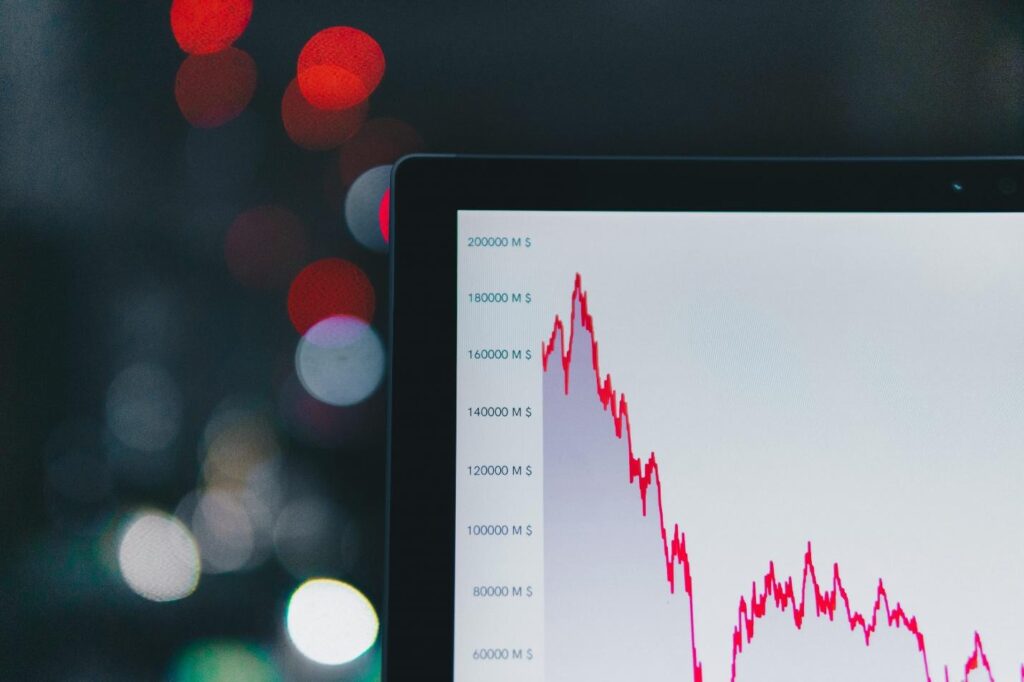Welcome to the crypto sector, one of the most notoriously volatile markets you can trade on, driven by emotion as much as by fundamental and technical factors. If you are familiar with trading digital currencies then you know that one of the most insightful tools that could help you understand the prevailing sentiment in the market is the Fear and Greed Index. While it was initially developed for traditional markets, it was also adapted to this innovative sector, and investors are using it to gauge when to get, sell, or hold.
This blog provides you with extensive information for what strategies to employ when using the Fear and Greed Index, explains how the index works, and also provides some practical recommendations for minimizing risks and maximizing profits.
First, It’s Essential To Understand The Fear And Greed Index
The Fear and Greed Index in the crypto sector is an analytical tool that measures the market sentiment towards digital currencies. It assigns a score from 0 to 100 indicating how fearful or greedy the market is on a given day, or established period.
- 0-24: Extreme Fear
- 25-49: Fear
- 50-74: Greed
- 75-100: Extreme Greed
The idea behind the index is that fear and greed are the primary emotions that drive financial markets like crypto, and understanding the context might help you make better decisions. The index is calculated using a combination of indicators such as market volatility, social media sentiment, trading volumes, Bitcoin dominance, and search engine trends.

Why does this matter? Because human emotions often drive the crypto market. When traders are fearful, prices tend to be low as many sell their assets. When traders are greedy, prices often soar as FOMO (fear of missing out) kicks in.
Now, Let’s Get To Trading Strategies
Purchase The Fear And Sell The Greed
This is one of the most straightforward approaches in the crypto sector, you go against the crowd. When the index shows extreme fear, it could signal an undervaluation of a particular asset or category and therefore a potential buying opportunity. On the other hand, extreme greed can indicate that the market is overheated and you might want to sell or take profits. For example, if the index falls below 20, consider gradually buying assets you believe in. If it climbs above 80, assess whether it’s a good time to lock in gains. In this case it’s advisable not to go all in, but use dollar-cost averaging to slow your enter and exit positions.
Confirm Signals And Technical Analysis
The Fear and Greed Index provides you with useful sentiment data, but it can be an even more powerful tool if you combine it with technical indicators like Bollinger Bands, MACD, RSI, or support/resistance levels. How can you do it? If the Fear and Greed Index shows extreme fear and Bitcoin’s RSI is below 30 (oversold), it may confirm a good entry point. If the index shows extreme greed and RSI is above 70 (overbought), this might validate an exit. Using both sentiment and technical tools reduces false signals and improves decision-making.
Range Trading Based On Sentiment
You can build a range-bound strategy using the index to time entry and exit points:
- Buy Zone: Index < 30
- Sell Zone: Index > 70
The majority of traders see this range strategy play out effectively in sideways or consolidating markets, where investor sentiment swings but there’s no clear long-term trend. You should consider setting clear stop-loss and take-profit levels to avoid making decisions based on emotions.
Adjust Leverage Based On Market Sentiment
If you trade cryptocurrencies using leverage you can get burned quickly during high-volatility periods. However, you can use the Fear and Greed Index to adjust your risk exposure. Here is how to do it.

In a fearful market, reduce or avoid leverage entirely, as unexpected crashes are more likely. In a greedy market, consider reducing leverage since high optimism could reverse quickly with market corrections. By aligning your leverage with sentiment, you protect your capital during turbulent times.
Use The Fear And Greed Index For Long-Term Accumulation
If you are a long-term investor you can use the Fear and Greed Index to guide accumulation strategies. Instead of trying to identify the ideal bottom or top, you can use the dips in sentiment to gradually build a position in your strong projects. Here is a plan that can work to your benefit:
- Set aside a monthly or bi-weekly budget.
- Allocate more funds when the index is < 30.
- Stay neutral when the index is between 40-60.
- Accumulate less or pause when the index > 70.
Over time, this strategy averages out your cost basis and helps avoid panic buying or selling.
Don’t Trade Crypto During Emotional Extremes (Especially As A Beginner)
If you’re a beginner, you might find it ironically to find out that the worst time for you to trade is when your emotions are running high – during times of extreme fear or greed. Why? These are the moments when the market is least rational and you lack the necessary experience to adjust your actions quickly. What you should do, is this:
- Avoid impulsive trades when you see dramatic headlines and extreme index levels.
- Wait for sentiment to stabilize before entering the market.
- Observe how the index affects market behavior before actively trading based on it.
Use The Fear And Greed Index Together With On-Chain Metrics
The Fear and Greed Index tells you how the market feels, but not the reason why. So, you have to gain that piece of information from other sources like on-chain data and news. Pair them with the Fear and Greed Index to grasp a complex view of the market. For example, if the index shows fear due to a hack or regulatory crackdown, the sentiment might be justified and last longer. But if fear is due to a short-term technical dip, it could be a good opportunity.
Look at:
- Exchange inflows/outflows
- Whale activity
- Network usage and developer activity
- Crypto-related headlines
Final Thoughts
The Fear and Greed Index is a powerful sentiment indicator that, when used properly, can give traders an edge in the unpredictable crypto market. However, it’s not a crystal ball.



